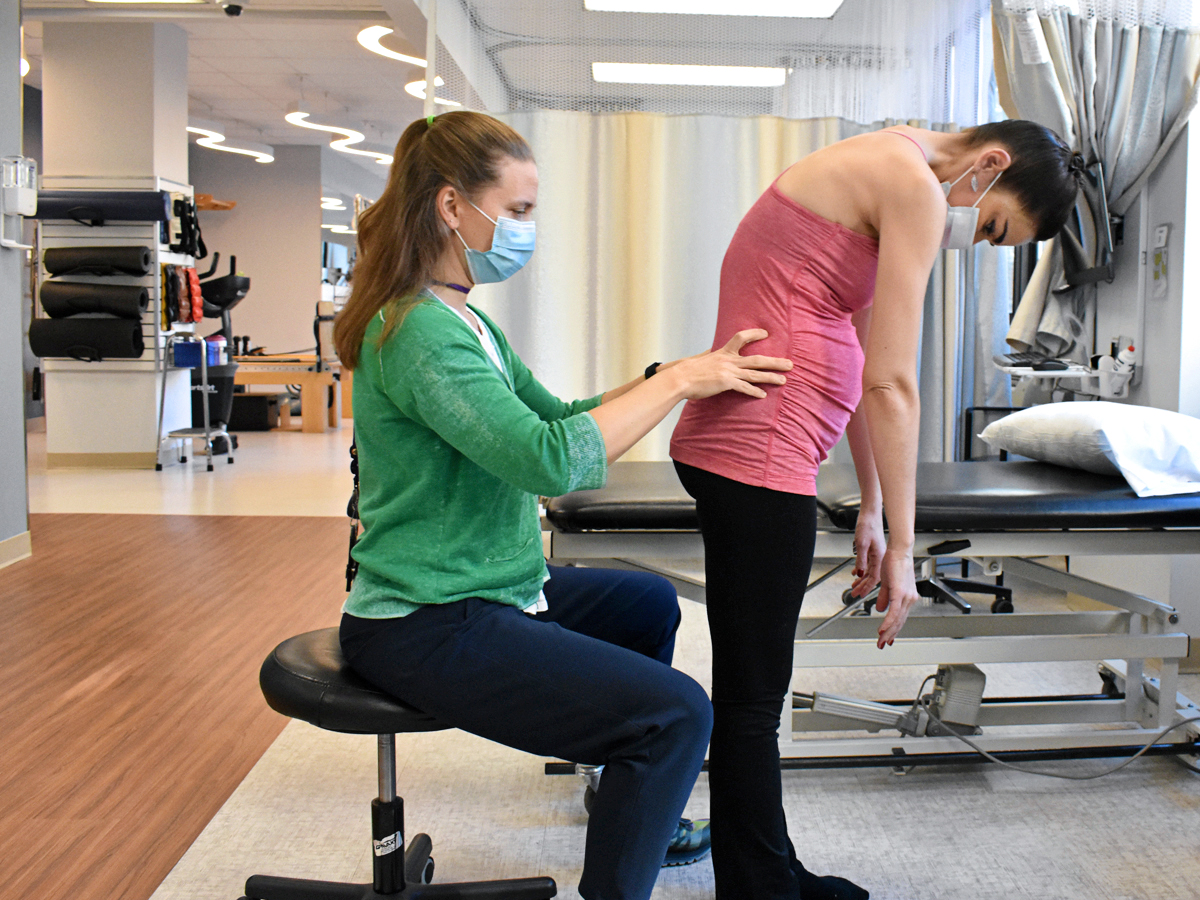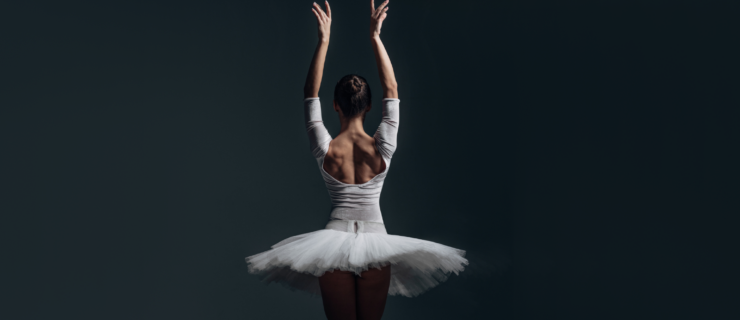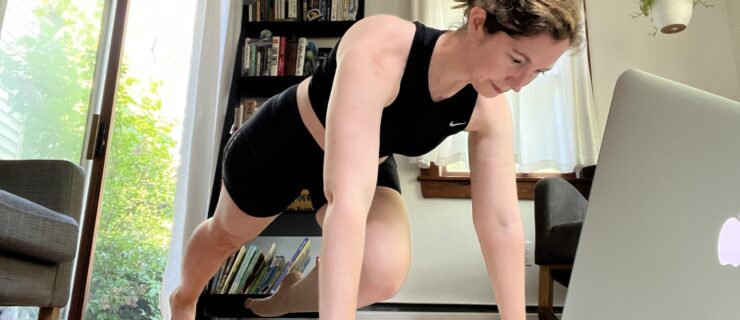From Ballet to Baby and Back: How to Return to the Stage After Pregnancy
Dance Theatre of Harlem company member Ingrid Silva remembers the surprise of her first ballet class post-pregnancy.
“It felt like I was inside of a different person,” she says. “I tried to remain calm and with good energy, but my first reaction was crying.”
As ballet’s culture has become more open to dancers having children, more artists are faced with the challenge of returning to the stage after childbirth. Physical therapist Heather Heineman, who works with dancers of all ages and skill levels (including those who are postpartum) at NYU’s Harkness Center for Dance Injuries, likens the recovery from pregnancy and childbirth to the recovery from a major injury or bodily trauma. She adds that, unfortunately, little medical postpartum guidance exists on returning to the stage. Dancers are often left to piece together a plan on their own, under looming pressure to come back as quickly as possible.
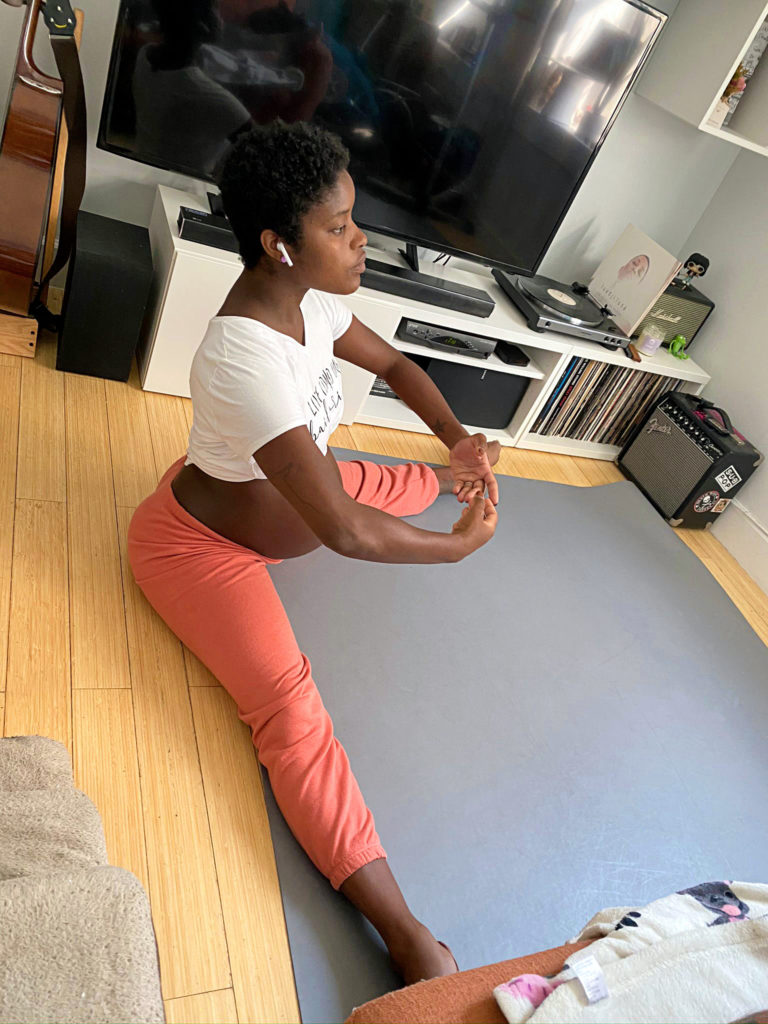
Due to the pandemic, Silva had the luxury of additional recovery time, which she used to work with former DTH dancer Bethania Gomes on a regimen heavy in floor barre. She started performing again almost 11 months postpartum, on the company’s recent tour. “There’s no way that you come back with the same body that you had before,” she says. “It’s a battle, learning to appreciate the new movement. I had to prove to myself that it was possible.”
Here’s what the experts—and the dancers who’ve done it—recommend for a safe and successful return to the stage.
The First Postpartum Months
Marika Molnar, health and wellness coordinator for New York City Ballet, says that dancers should expect that it’s going to take quite a while to return to any semblance of how their body felt nine-plus months ago. Indeed, Heineman cites a study that found that it can take up to six months just for the swelling and stretching that occurs during labor and delivery to subside.
Molnar’s focus in the early postpartum weeks, then, is on encouraging dancers to relax and spend as much time with their babies as possible. “They aren’t babies for very long,” she says. “Take time after birth to enjoy the moment.”
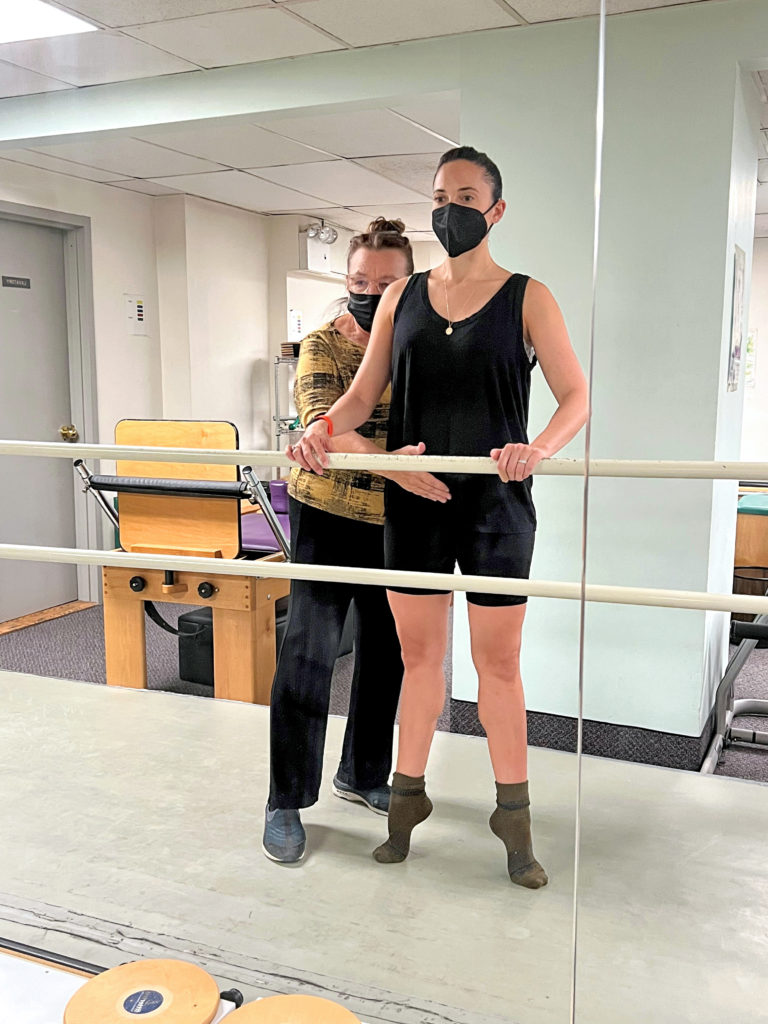
Any exercises Molnar gives early on are designed to easily fit into the dancer’s new lifestyle. She gave NYCB soloist Ashley Laracey, who had twins in November 2019, breathing exercises—meant to engage the pelvic floor and bring the rib cage down, since it expands during pregnancy—that could be done while sitting on the couch. (Heineman also suggests dancers ask their gynecologist to prescribe pelvic floor physical therapy.)
Activating the core and rediscovering center are the first steps to moving again, says Molnar. She also has dancers work on simple movements, like walking backwards, relevés in parallel, and standing up from the couch and then sitting back down.
Ramping Back up
Around the fourth month postpartum, dancersshould focus on function, says Heineman. But first theyneed to be cleared by their doctor: Dr. Selina Shah, a dance and sports medicine physician in the San Francisco Bay Area, recommends showing your doctor some barre exercises before giving birth, so they have an idea of the demands ballet puts on the body and can advise you accordingly once you’re postpartum.
Start simple, says Heineman: Can you squat? Can you walk without pain or leakage? She recommends easing into gentle Pilates and floor barre, slowly building to upright barre-work.
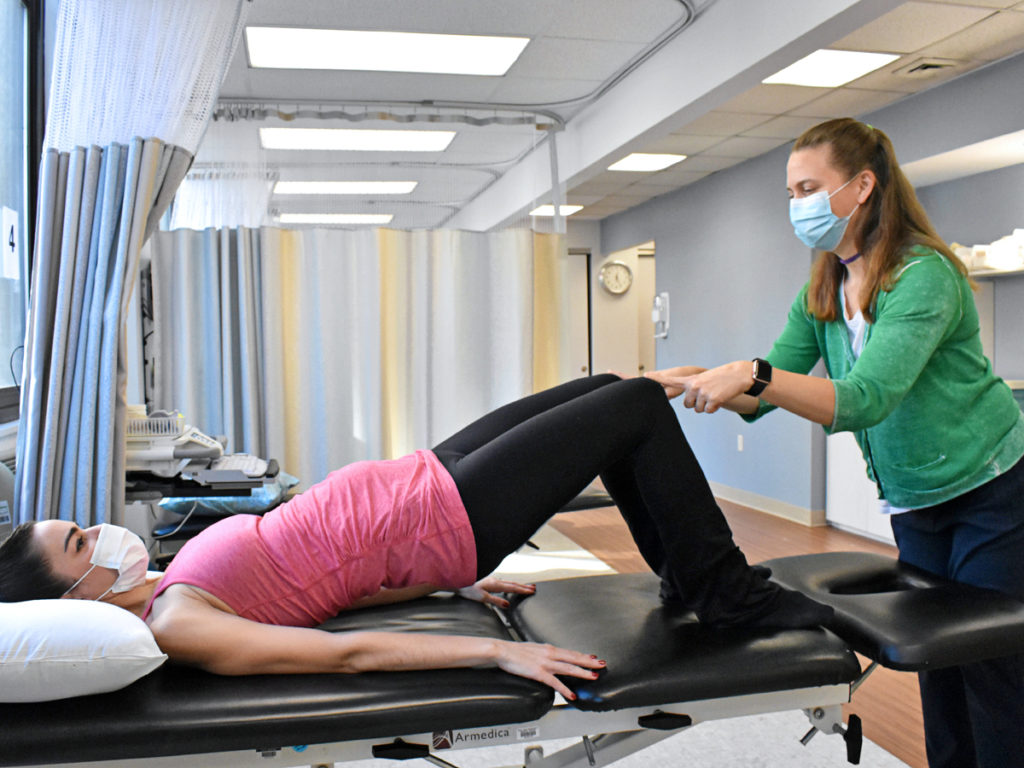
Begin with pliés in second position, says Molnar, as it’s easier on the hips. But demi-pliés only, she warns—Molnar waits as long as she can to introduce grand pliés, since postpartum dancers are already so loose from pregnancy’s hormonal shifts. She also reminds dancers not to stay on one leg for too long, as they could risk subluxation of their pubic symphysis, which is already overstretched.
Dancers’ increased flexibility can require some sensory retraining, says Molnar. “They are more flexible than they are aware, so you have to constantly remind them not to overextend,” she says. Breastfeeding dancers will continue to experience this hypermobility, and can be prone to stress fractures, says Heineman, especially if their caloric intake is not high enough.
Postpartum Pointework
Between a dancer’s shifting sense of center and the major changes the feet go through due to the weight of the baby, getting back on pointe after childbirth can be particularly challenging.
Molnar recommends wearing pointe shoes around the house two to three weeks before trying to dance in them. Ensure that you’re wearing the correct size, which may be wider than usual. (Heineman suggests continually getting refitted up to a year after giving birth; your feetmay or may not return to their previous size.) Get comfortable wearing them for simple movements, like pliés, before trying anything weight-bearing up on pointe, Molnar says.
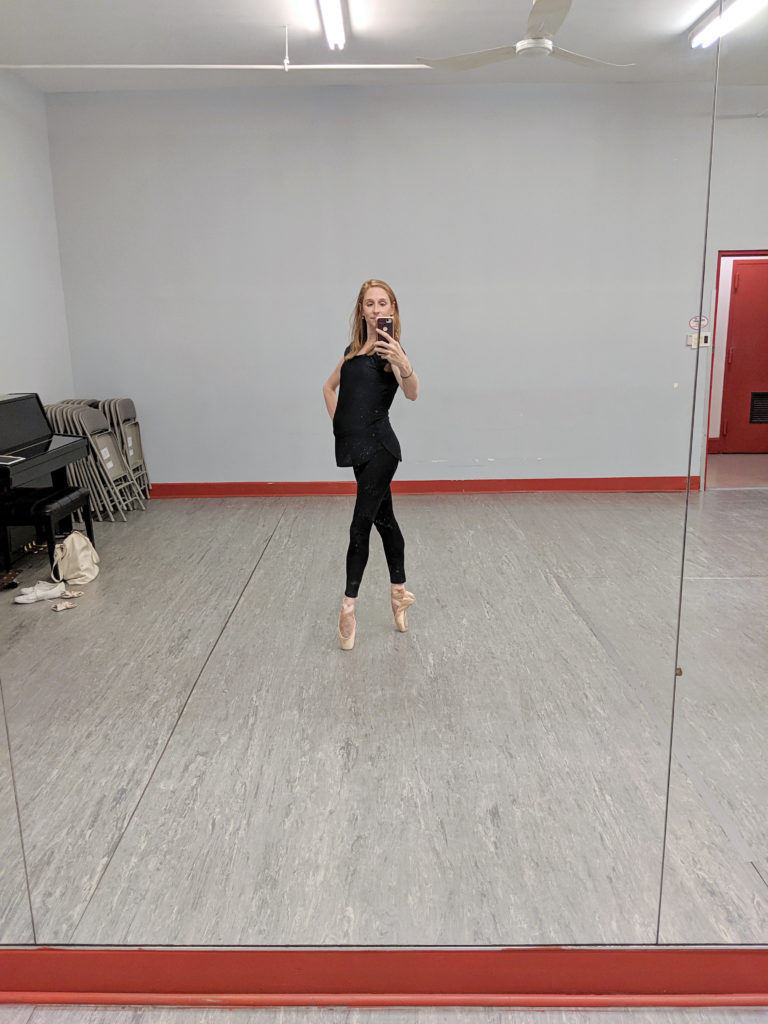
Laracey decided to start taking barre in pointe shoes to get her feet reacclimated, and has kept the habit two years later. “I’m happy that I made that choice and then it just became natural. My feet are much stronger than they ever have been.”
The Mental and Emotional Recovery
Dancers’ mental and emotional health alsodeserves attention, especially considering up to 20 percent of new mothers report some form of clinical postpartum depression. Plus, the pressure to return to the stage can be especially taxing.
Former Pacific Northwest Ballet principal and postpartum doula Sarah Orza—who had her daughter, Lola, while a soloist in the company—recommends taking it one day at a time. “Each day starts to compound, and they turn into weeks and months, and then you’re slowly doing it,” she says. “Be gentle, and allow yourself grace.” She recommends working with a doula for postpartum support, and a therapist if any depression or anxiety symptoms arise.
Gomes agrees that dancers should go easy on themselves, though she acknowledges that can be easier said than done. “Your self-esteem gets a bit shaken,” she says. “You don’t look the same. Your body completely changed.” She says dancers should try to let go of expectations around what they used to be able to do, and trust that they’ll get there eventually.
The Pressure to Bounce Back
Orza returned to performing four months after Lola’s birth. She found the tight timeline and pressure to come back to be challenging, particularly when her director questioned her commitment to the company post-pregnancy and suggested that she still needed to lose weight.
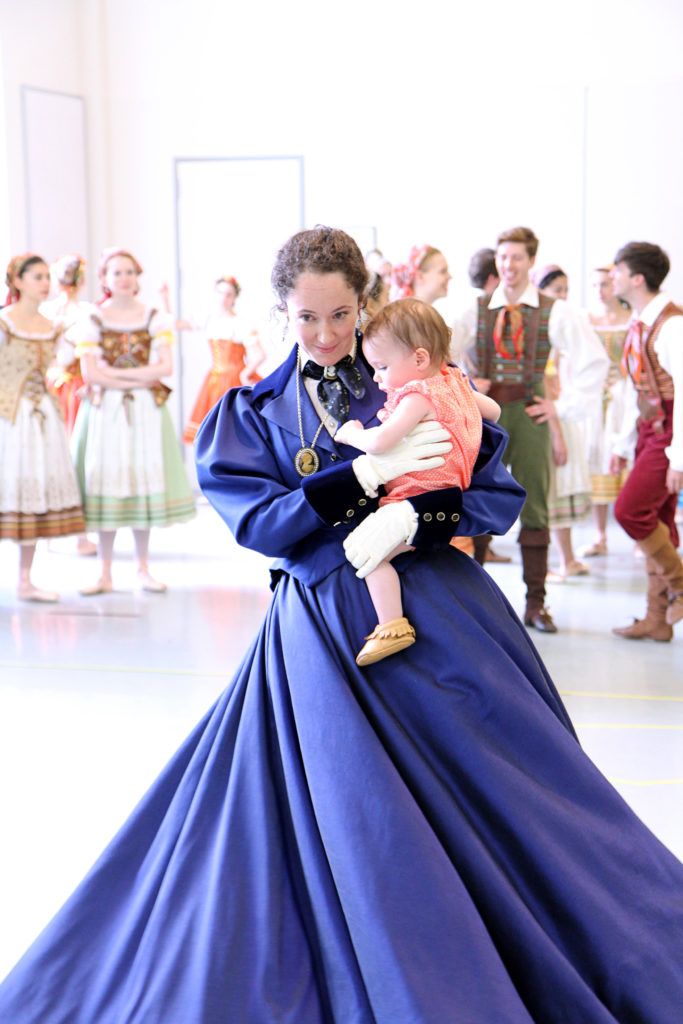
“I was really close to throwing in the towel,” she says. “When I went out on maternity leave I was on this upward trajectory, and when I came back, roles that I believe would have come my way were not coming my way. A lot of why people are hesitant about stepping away to have a baby is because there is this fear that you’re going to miss out and you’re going to lose your trajectory.”
She wishes that artistic leadership were more encouraging of dancers to take the time they need to come back, so that they could feel more confident about doing so. (In the contract negotiations following her pregnancy, Orza successfully advocated for another month of leave, but she says there could still be more flexibility.)
What Postpartum Dancers Gain
“There is a stigma of ‘We lose everything after giving birth,” says Gomes. “You shouldn’t be allowed to say that you’re going to lose your arabesque, you’re going to lose your turnout. No, you’re not. You’re going to gain something else.”
These gains, says Gomes, include maturity and musicality: After giving birth, her hearing became more acute as a result of being on alert to the baby’s needs.
Molnar says that the postpartum period can even be an opportunity to correct bad habits and retrain the body, as she did with Laracey, who says, “I was never a dancer who really used my butt. That helped my transition back because I had muscles that I never used to use.”
Becoming a mom, says Silva, has deepened her relationship with her body overall. “Dancers say we know our bodies, but I don’t think we know anything until we have a baby,” she says.
